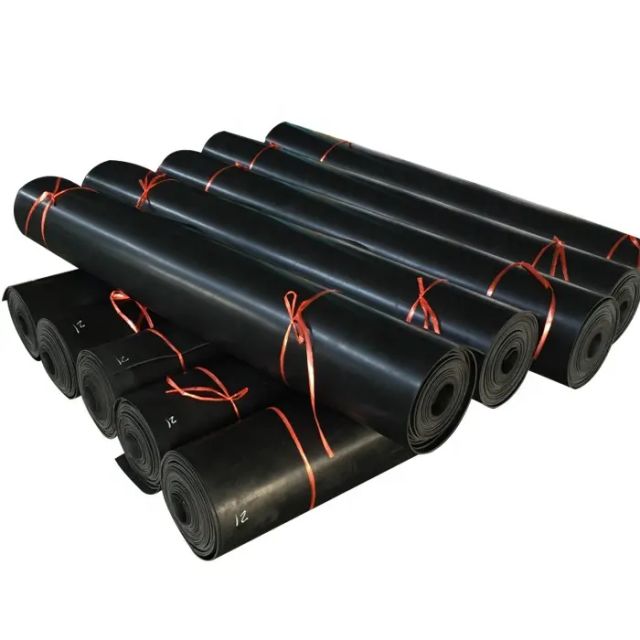Dec . 10, 2024 15:12 Back to list
deck seal in ship
Understanding the Importance of Deck Seal in Ships
In the maritime industry, maintaining the integrity of a vessel is paramount. One of the critical elements that contribute to a ship's overall seaworthiness is the sealing of its deck. Deck seals play a crucial role in preventing water ingress, protecting cargo, and enhancing safety. This article explores the significance of deck seal in ships, the materials used, maintenance practices, and emerging technologies in deck sealing.
A ship’s deck is subject to various environmental conditions, including waves, rain, and humidity. These factors can lead to water infiltration if not adequately managed. Deck seals are designed to create a waterproof barrier that prevents seawater from penetrating the interior spaces of the ship. This is especially important for the cargo holds, living quarters, and machinery spaces. Inadequate sealing can lead to significant issues, including cargo damage, machinery malfunction, and safety hazards, ultimately resulting in costly repairs and operational downtime.
The materials used for deck sealing are diverse and chosen based on specific operational conditions. Traditional materials include bitumen, polyurethane, and modified epoxy resins. Bitumen-based seals are often used in older ships due to their cost-effectiveness and durability. However, modern ships tend to favor polyurethane systems, which exhibit superior flexibility and adhesion properties; these seals can withstand the constant movement and vibration of a ship at sea. Moreover, advanced epoxy formulations are increasingly popular for their resistance to chemicals and UV degradation, making them an excellent choice for harsh marine environments.
Proper maintenance of deck seals is essential to ensure long-term performance. Regular inspections should be carried out to identify any signs of wear, cracking, or peeling. Such inspections often involve visual assessments and, where necessary, more thorough checks using non-destructive testing methods. Early detection of deterioration allows for timely repairs, which can prevent more severe issues down the line. The frequency of maintenance depends on the ship’s operational conditions, but it is recommended to carry out comprehensive inspections at least once a year.
deck seal in ship

In recent years, innovations in sealing technology have emerged, enhancing the effectiveness of deck seals. For instance, the development of self-healing materials holds promise for the future of deck sealing. These materials can automatically repair small cracks or punctures when exposed to moisture, minimizing maintenance needs and extending the lifespan of the seal. Additionally, advancements in nanotechnology have led to the creation of coatings that provide anti-fouling properties. These coatings prevent the accumulation of marine organisms and reduce wear and tear on the seal, thus maintaining its integrity for extended periods.
Furthermore, the integration of smart technology into deck sealing systems is on the rise. Sensors can be installed to monitor the condition of the deck seal in real-time, alerting crew members to potential vulnerabilities before they escalate into more serious problems. This proactive approach not only enhances safety but also improves the efficiency of repair operations, saving time and costs.
The significance of deck seal in ships cannot be overstated. A well-maintained deck seal is essential for ensuring that a vessel remains seaworthy and capable of withstanding the rigors of the marine environment. As the maritime industry continues to innovate, the improvements in materials and technologies promise to enhance the effectiveness of deck sealing solutions. By investing in quality seal materials and adopting proactive maintenance practices, ship owners can safeguard their vessels and ensure the safety of their crew and cargo.
In conclusion, the deck seal is a pivotal component in a ship's design and functionality. It provides protection against water intrusion, safeguarding valuable assets and ensuring safety aboard. As technology evolves, the future of deck sealing looks promising, paving the way for more resilient and efficient marine vessels.




